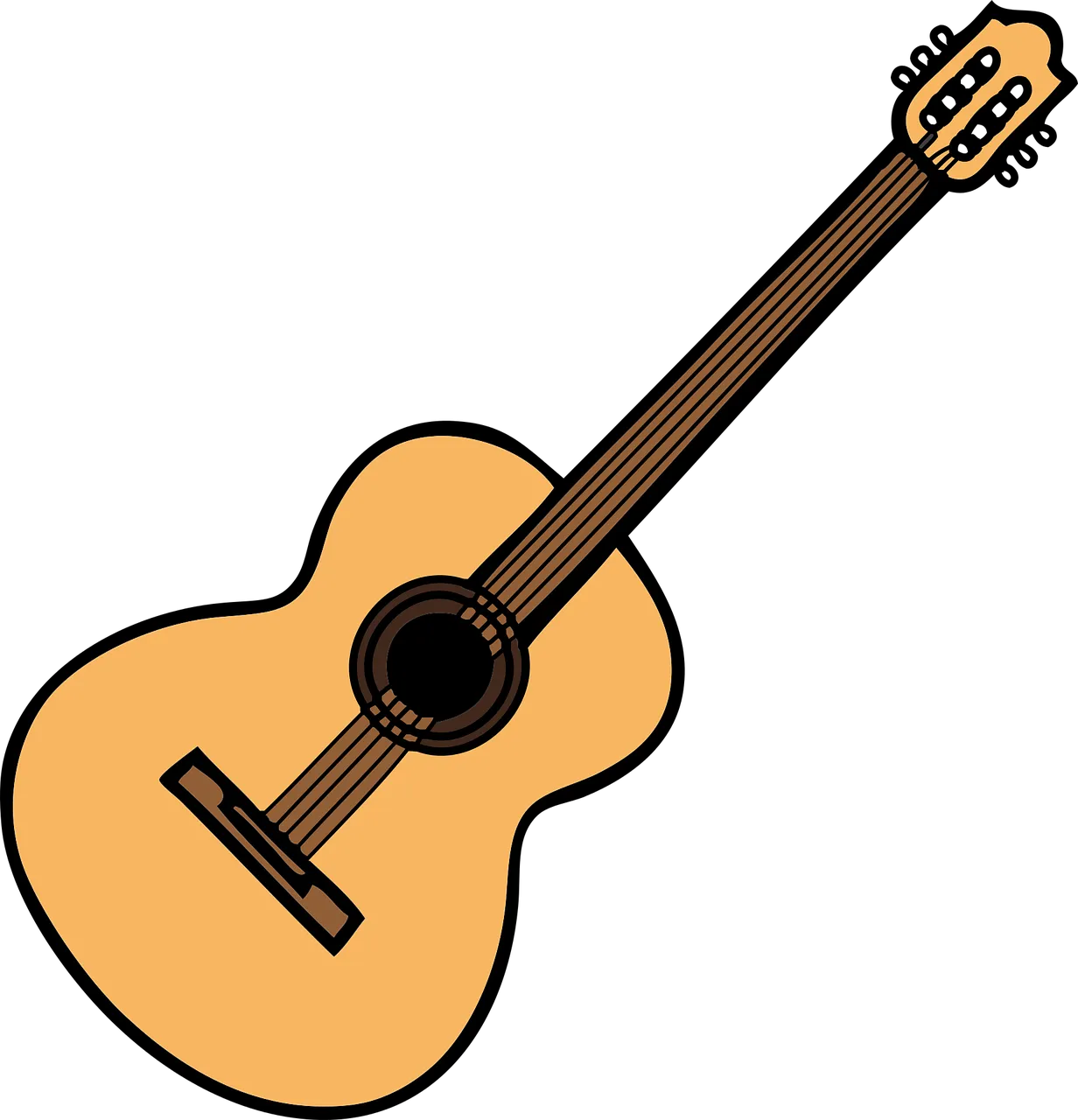
In this lesson we’ll be talking about the “one, four, five” chord progression. This chord progression is THE SONG. How can you say that one chord progression is THE SONG compared to so many other options. For whatever reason, variations of this progression transcends genres and is found in practically an infinite number of songs from blues, jazz, pop, country, metal, classical, you name it!
What does “one, four, five” mean? Essential it refers to the first, fourth and fifth notes in the scale of the key you are playing in. So, the major scale for “A” is A, B, D flat, D, E, F sharp, A flat, A. Thus the chords in a “one, four, five” chord progression in “A” would be A, D and E.
Take a minute and strum these three chords (A, D and E) in succession, giving four beats to each chord. Sound familiar? It’s starting to sound like a song or two you’ve likely heard before, isn’t it? There is something very satisfying about the “one, four, five” progression.
Give it another go in G. Give four beats on each of the first two chords and eight on the third. Meaning, give four beats on the G, four beats on the C and eight on the D. (G, C,D)
Congrats! You just played a Bob Dylan song!
Now play that backwards (D,C, and G) in the same way (4 beats, 4 beats, 8 beats). Sound like some other songs yo’ve heard? I thought so. Isn’t this fun?
Have you ever heard of a “twelve bar blues”? We might get into that in more detail at a later point but the “twelve bar blues” is based around the “one, four, five” chord progression.
After you practiced the first few progressions I have shown you, I’d like you to give this last one a shot. If you don’t hear the blues in this progression then you ain’t ever heard the blues before.
I’ll put the number of beats per chord in parentheses next to the chord to give you an idea how to play. So, the last one we just played would look like D (4), C (4), G (8). What makes this last progression special is that it will utilize those 7 chords we just learned and will hopefully be an “aha moment” for you when you hear them being used the way they are in this progression.
Here we go!
E (4), E7 (4), A (4), A7 (4), E (4), E7 (4), B (4), B7 (4), E (4), E7 (4), A (4), A7 (4), E (4), B (4), E (4), B7 (4)
If you’re feeling extra good about yourself and have this down pretty well, try playing this progression while you make up a blues song to sing over top. Should be easy enough to do. We’ve all got things to complain about. Drown your sorrows out with a muse instead of booze!... or both if you like ;)
Enjoy!